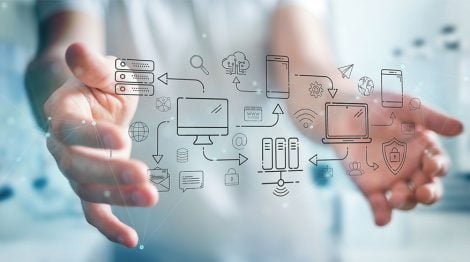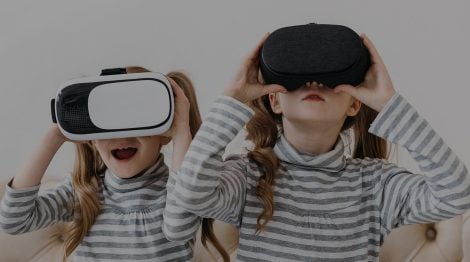How to Enable the Digital Twin in Facilities Management
In Facility Management, implementing the Digital Twin is especially interesting, as the necessary technologies and knowledge already exist to reach this scenario... How to do it?


The Digital Twin concept is defined, with more or less accuracy, as the virtual representation of objects, assets, facilities or systems during their life cycle, using data acquisition from them to understand them, learn about them, and, ultimately, predict their behavior.
In Facility Management, implementing the Digital Twin is especially interesting. Mainly because of what a facility represents, how it works, and how it affects the well-being of the people who work, live, or pass through it. However, it becomes even more valuable if the Facility is in turn made up of multiple facilities or distributed areas, access is not easy, having a Digital Twin will allow working with the model to test how it is affected by different changes or scenarios prior to making them.
The return on investing in it is easily observed, not only in comfort but also economically. With an ideal simulation model, you can find the best way to focus operations and processes to find the optimal courses of action, and you can also anticipate actions before a failure or problem occurs.
Currently, the necessary technologies and knowledge already exist to reach this scenario, but we are still far from implementing what is necessary. To achieve this, a combination of hardware and software focused on acquiring data in real time, transforming it into information, and processing it in the appropriate way to build the model is needed.
Therefore, it can be summarized that solutions are needed at these three levels:
1. Sensors.
Under the IoT paradigm, data acquisition solutions have evolved to a higher level. Right now, there are tools capable of acquiring any type of physical parameter, without power and, even, installed directly outdoors, explosive environments, submerged or with high levels of dust, to then send it securely wherever desired.
By implementing these solutions, what is already known about the Facility can be complemented with the data that is not currently being obtained – equipment, rooms, assets, … -.

2. Correct data processing
Very important at the field level and at the systems level. At the field level, a first filter of information is needed upstream. It is very important to know that not all data generated in the physical environment is useful information or has the same priority. Therefore, equipment with the ability to concentrate the data, discern which ones to contextualize to serve upstream, prioritize them if necessary, save them locally in case of communication failures, and, finally, send them using a standard protocol is necessary.
At the systems level, a tool capable of historicizing thousands/tens of thousands/hundreds of thousands of variables in an optimal way will be needed. This implies not only that it optimizes
the memory space they occupy, but also that it processes them so that consulting them and working with them later is easy and agile.
3. Optimal exploitation and representation of information.
Although there are numerous variable visualization platforms, there are not so many with the capacity to process the necessary volume of information – hundreds of thousands or millions of points – in real time or historicized. In addition, it must be able to apply the necessary analytics to propose the assumed scenarios, that is, it needs to have a powerful Business Intelligence layer. Last but not least, this platform must be able to work with other information models in the sector that will be integrated into the Digital Twin. Specifically, it is not planned to use a solution that does not integrate with BIM models or with geopositional information.
If you would like more information about us or our solutions focused on each layer of the Digital Twin in Facility Management, please do not hesitate to ask us for more information.




